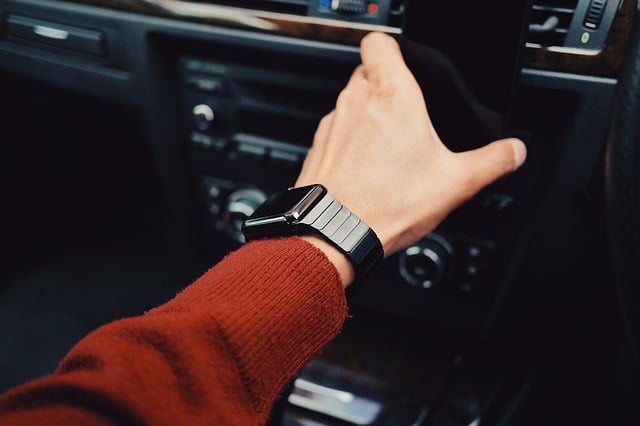
Having gone to every length to protect their children from danger ever since they were born, most parents have a great deal of reluctance when handing over the keys to the car to their and then apprehension once they actually get behind the wheel.
There have been several measures introduced over the past decade in order to ensure the next generation of drivers are prepared for life on the road and reduce the risk of accident and danger. From extra driving lessons to vigorous testing, it’s arguably harder than ever to actually obtain a license but that certainly doesn’t thwart the potential for casualties on the roads.
Of the 162 people who died on Irish roads last year, 30% of them were aged twenty-five or under. The statistics, unfortunately, don’t lie. A recent AA Roadwatch report revealed that a quarter of young drivers crash or are involved in an accident during their first six months behind the wheel. Additionally, nearly 40% have a crash by the time they are 23.
In an attempt to reduce this figure and ensure younger drivers become competent and able, new devices which can link to smartphones are becoming increasingly popular.
The technology tracks the vehicle location as well as storing months of detailed driving reports including breadcrumb trails of where the vehicle has travelled and what speeds they have travelled at and if applicable, where and when they have exceeded the speed limits. It doesn’t stop there, however. Once the key is turned, a video camera is operated with every mistake made behind the wheel recorded and logged.
On first glance, these vehicle tracking devices could become invaluable resources in an attempt to increase road safety. However, are they just another money-making technological product with parents and the public left to ponder if such measures cross the line between safety and privacy?
Some would say installing a monitoring device not only shows a total lack of trust but also restricts their sense of independence. Nonetheless, research shows that such gadgets has significantly diminished the levels of risky driving behaviour.
In fact, the primary reason for its effectiveness is because the driver is aware of the device and therefore they modify their driving nature, enforcing good habits for the longer-term.
It’s a simple and unequivocal concept which most importantly works. The issues of privacy and independence aside, installing vehicle tracking for young drivers reduces the amount of accidents and ensures the youth are becoming mature and prudent drivers.
After all, safety and reducing the vulnerability of being involved in an accident is the primary and sole objective.





